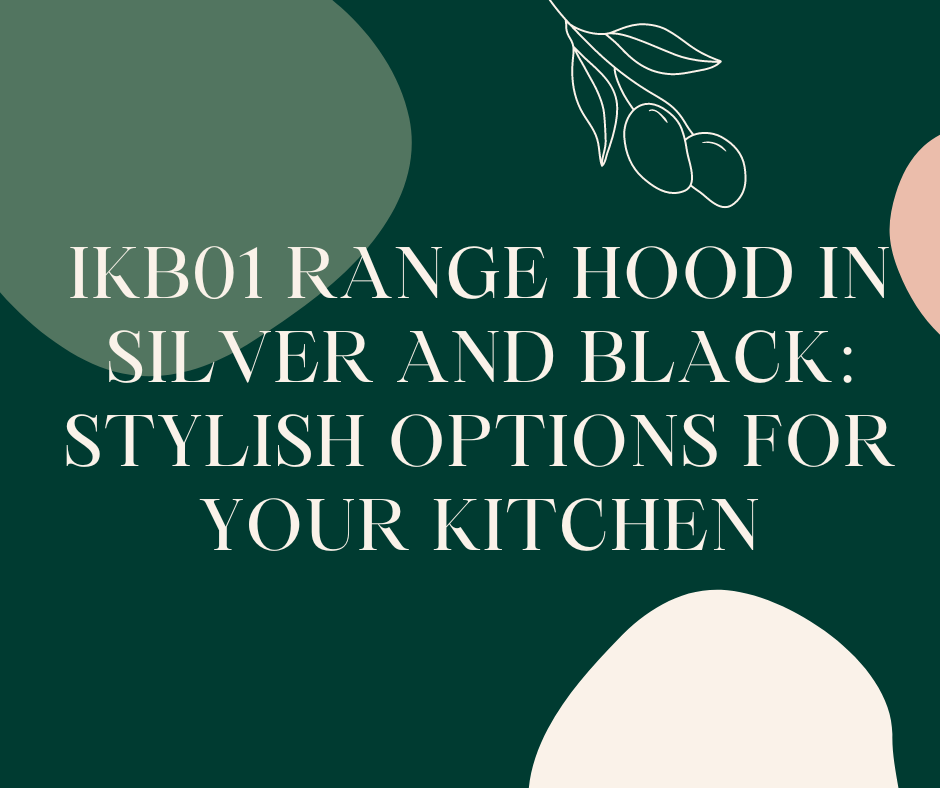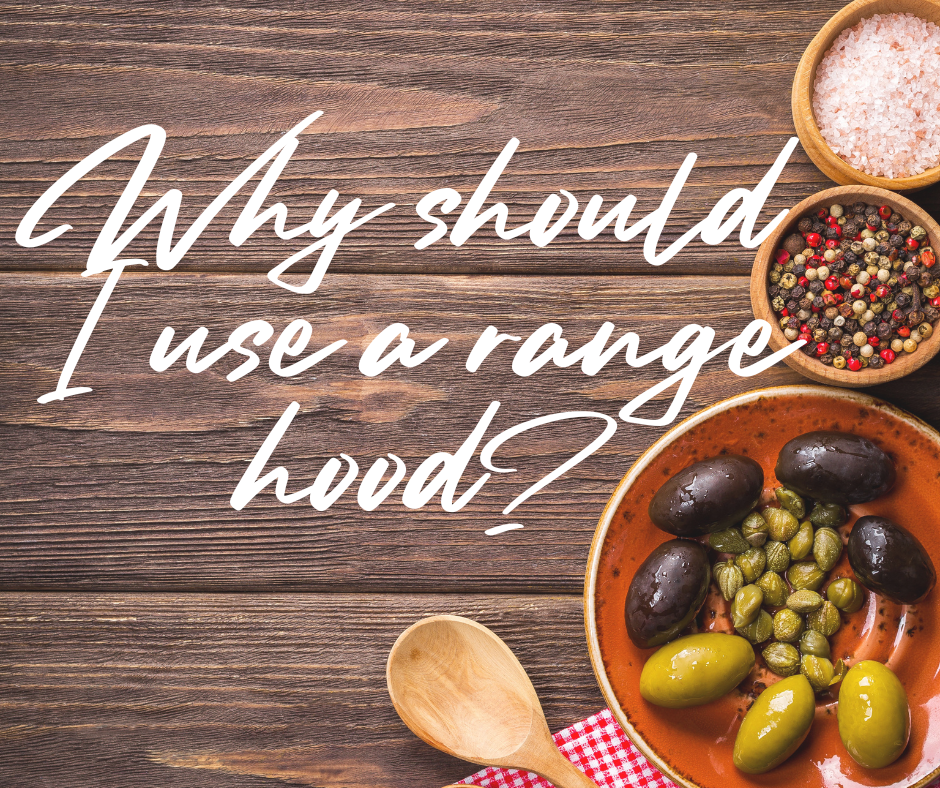When it comes to creating a functional and efficient kitchen, a kitchen hood is an essential appliance. Not only does it help to eliminate smoke, odors, and grease from your cooking area, but it also improves the air quality in your home. However, with so many options available in the market, choosing the right kitchen hood can be a daunting task. In this blog post, we will guide you through the process of selecting the perfect kitchen hood for your needs.
1. Consider the Size of Your Kitchen
The first step in choosing a kitchen hood is to consider the size of your kitchen. The hood should be proportional to the size of your cooking area. As a general rule of thumb, the hood should be at least as wide as your cooktop or range. If you have a larger kitchen, you may want to consider a hood with a higher CFM (cubic feet per minute) rating to ensure effective ventilation.
2. Determine the Ventilation Type
There are three main types of kitchen hood ventilation: ducted, ductless, and convertible. Ducted hoods vent the air outside your home through a duct system, providing the most effective ventilation. Ductless hoods use filters to remove odors and smoke before recirculating the air back into your kitchen. Convertible hoods offer the flexibility to switch between ducted and ductless ventilation, depending on your needs.
3. Evaluate the Noise Level
Noise can be a significant factor to consider when choosing a kitchen hood. Some hoods can be quite noisy, which can be disruptive, especially in open-concept kitchens. Look for hoods with a low sone rating, which indicates quieter operation. Additionally, consider hoods with variable fan speeds, allowing you to adjust the noise level based on your cooking needs.
4. Check the CFM Rating
The CFM rating measures the airflow capacity of a kitchen hood. It determines how effectively the hood can remove smoke, odors, and grease from your cooking area. As a general guideline, a minimum of 100 CFM per linear foot of cooktop is recommended. However, if you frequently cook with high heat or use a wok, you may want to opt for a higher CFM rating to ensure optimal ventilation.
5. Consider the Style and Design
While functionality is crucial, the style and design of the kitchen hood should also complement your kitchen decor. There are various styles available, including wall-mounted, island, under-cabinet, and downdraft hoods. Choose a style that not only matches your kitchen aesthetics but also fits seamlessly into your kitchen layout.
6. Look for Additional Features
Lastly, consider the additional features that the kitchen hood offers. Some hoods come with built-in lighting, which can illuminate your cooking area. Others have heat sensors that automatically adjust the fan speed based on the temperature. Additionally, look for hoods with easy-to-clean filters and intuitive controls for convenience.
By considering these factors, you can confidently choose the right kitchen hood that meets your needs and enhances your cooking experience. Remember, a well-selected kitchen hood not only improves air quality but also adds a touch of elegance to your kitchen.













Dejar un comentario
Todos los comentarios se revisan antes de su publicación.
Este sitio está protegido por hCaptcha y se aplican la Política de privacidad de hCaptcha y los Términos del servicio.